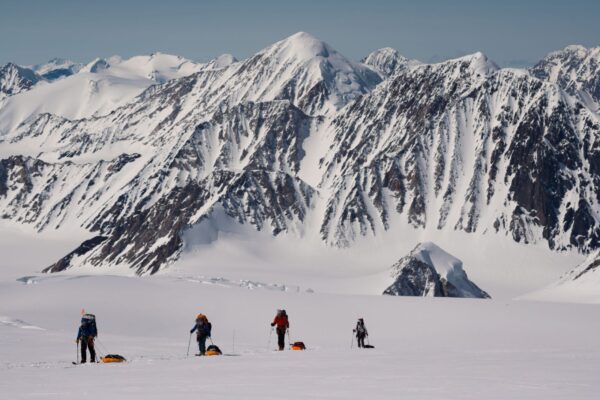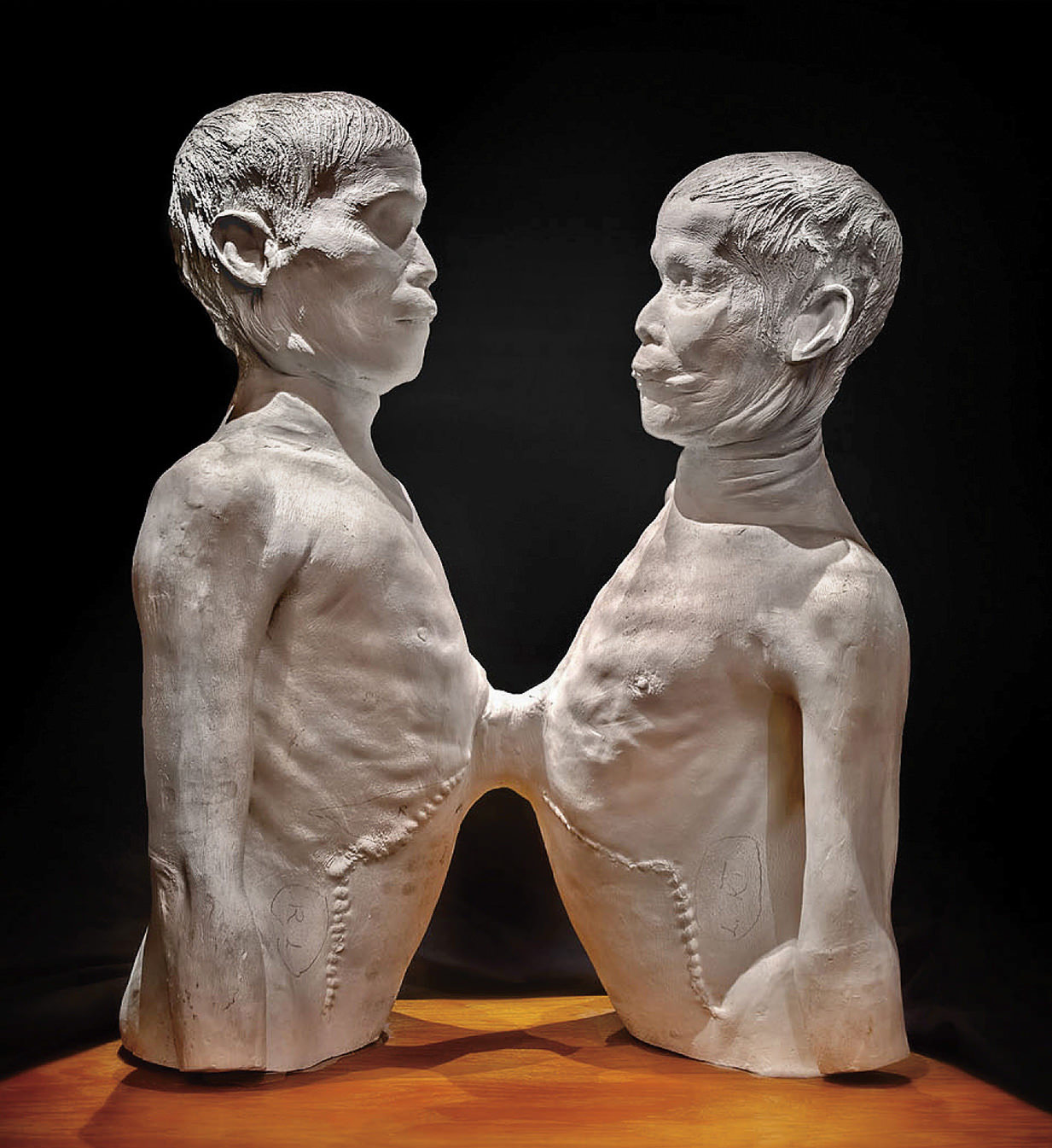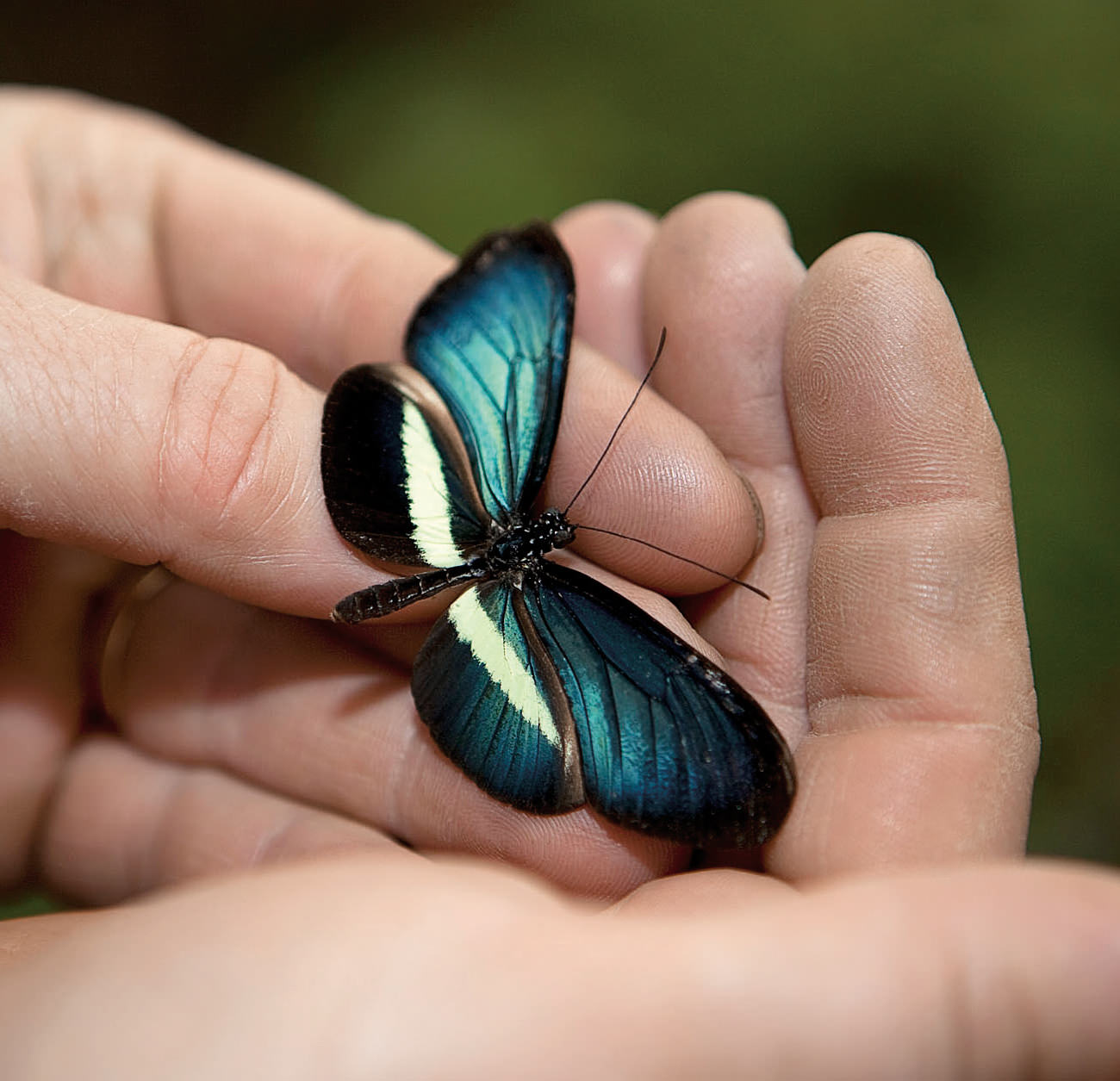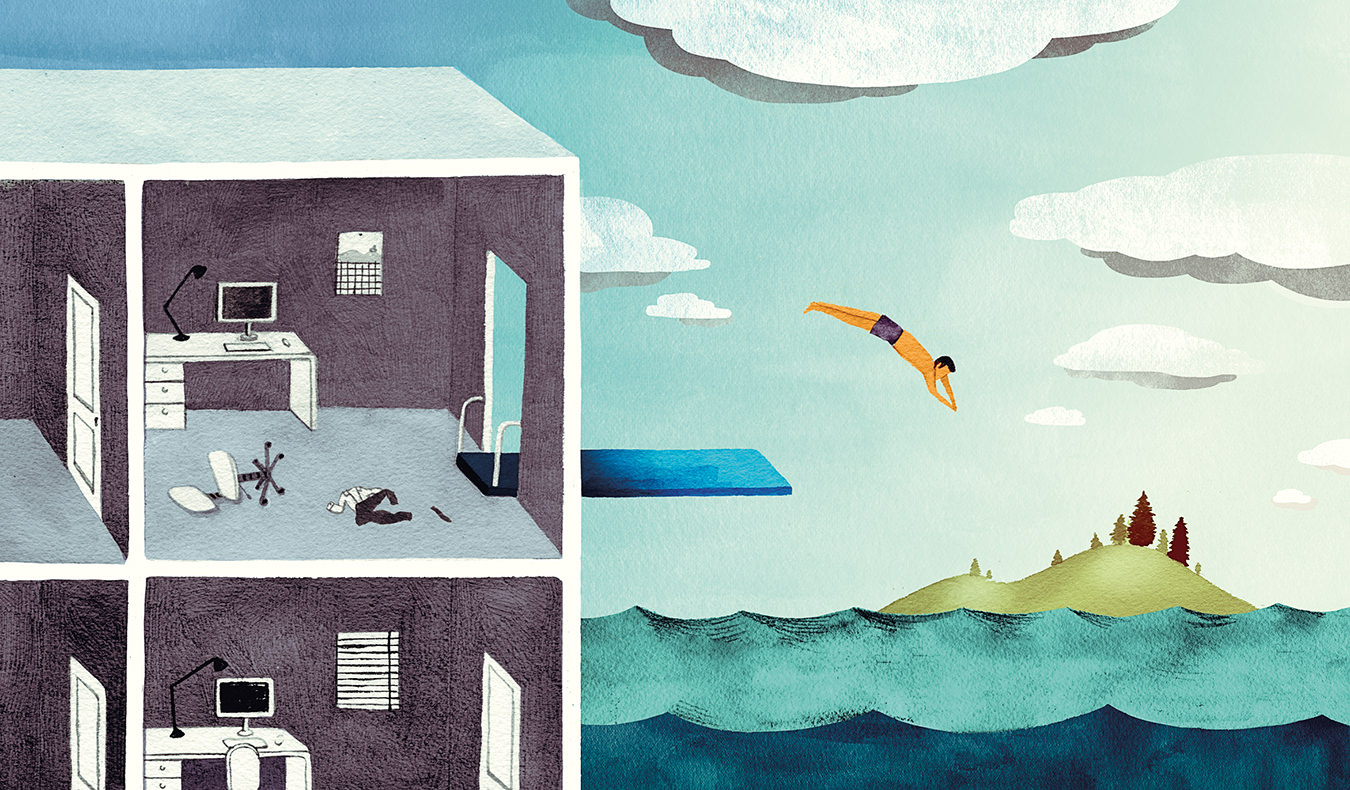Alberta’s Alison Cristiciello Reads the Story of Climate in 30,000-Year-Old Ice
A winter’s tale.
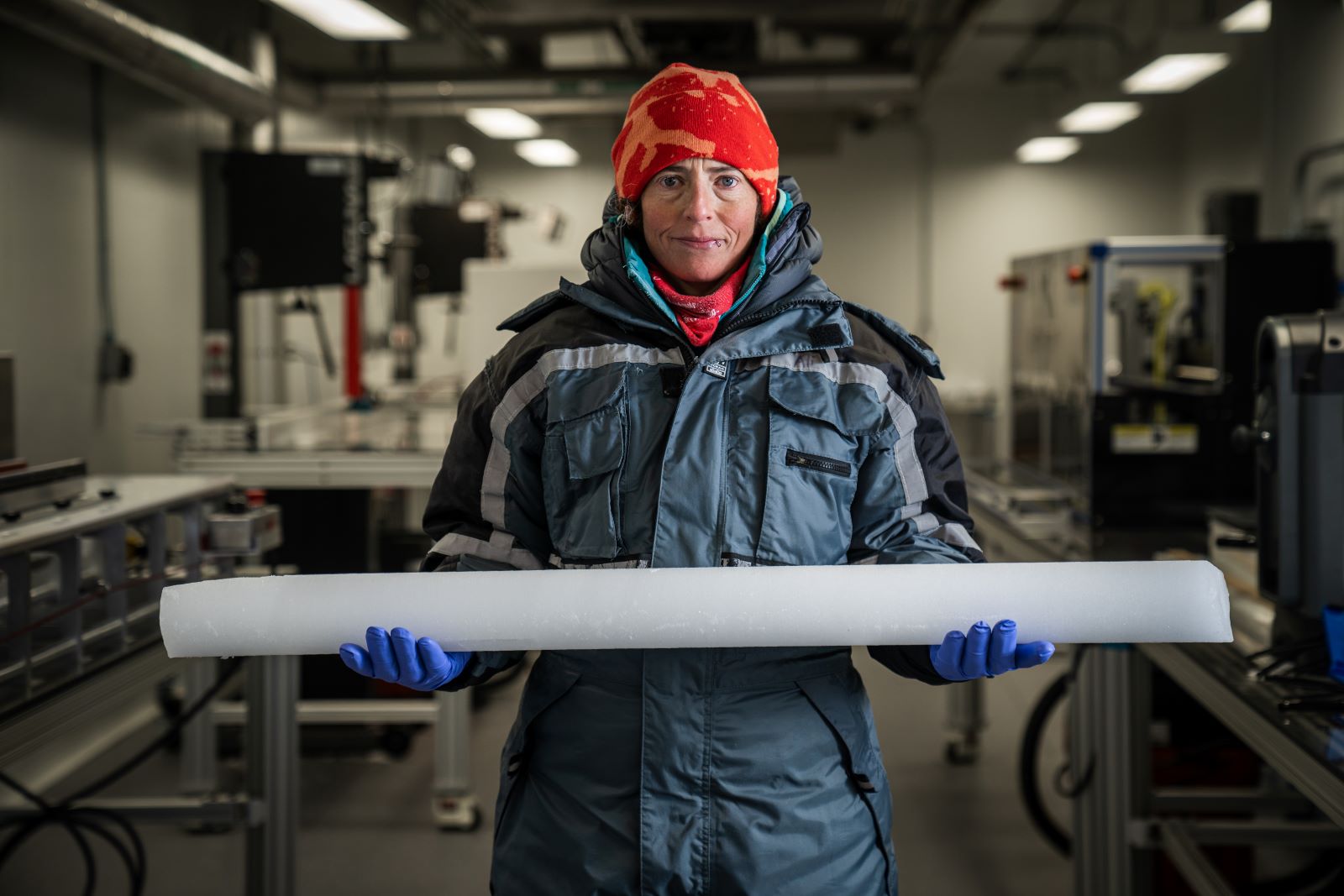
Alison Criscitiello is used to being cold. As a high-altitude mountaineer and glaciologist, she’s spent the better part of both her working life and her leisure time in some of the coldest places in the world: at the summit of some of Earth’s highest peaks; in a tent on Antarctica’s ice shelf; peering through microscopes in a state-of-the-art lab that resembles an industrial-sized meat locker.
“I like doing hard things, both physically and otherwise,” she says with a wry smile. Which makes her perfectly suited to her work: as the director of the Canadian Ice Core Lab at the University of Alberta, Criscitiello gathers, studies, and preserves centuries-old cylinders of ice collected from some of the world’s hardest-to-get-to places.
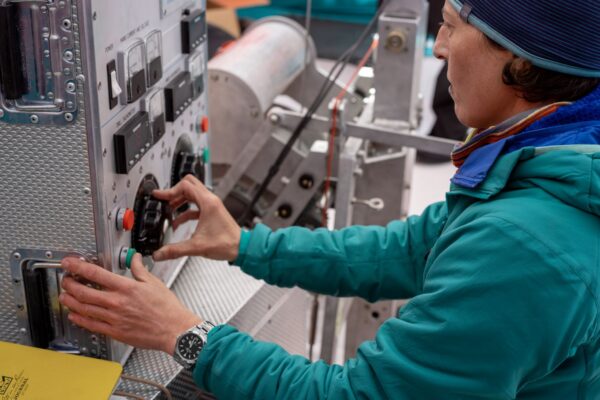
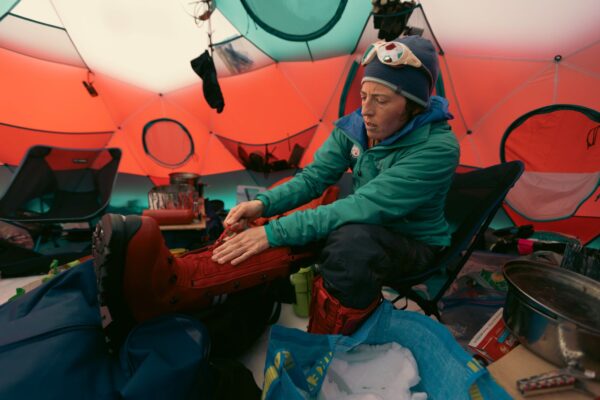
As snow falls, melts, and becomes compacted under its own weight, it builds up layer upon layer of ice. As Criscitiello explains, each of these layers tells a story: about the rise and fall of global temperature, the waxing and waning of atmospheric CO2, the cycles of drought and deluge, and the circulation of pollen, soot, volcanic ash, or even nuclear fallout from halfway around the world. She has been reading these stories for over 20 years, translating them into scientific data that clarify how the planet’s climate has changed through the eons and how it may change in the years to come.
___
“It’s so important to reconstruct these climate records from where we have knowledge gaps,” Criscitiello says. “It’s hard to get there, and it’s hard to do, yes. [But] it’s just this huge undiscovered part of our knowledge in terms of climate records.”
Her most recent attempt to close this gap took her to Mount Logan, Canada’s highest peak, located in the southwest of Yukon. The mountain’s extreme height—just shy of six kilometres—and flat summit plateau make it ideal for drilling ice cores. In the summer of 2022, Criscitiello and her team of six scientists spent 11 days drilling some 327 metres deep into the plateau to retrieve an ice core of over 900 kilograms estimated to contain 30,000 years of climate information.
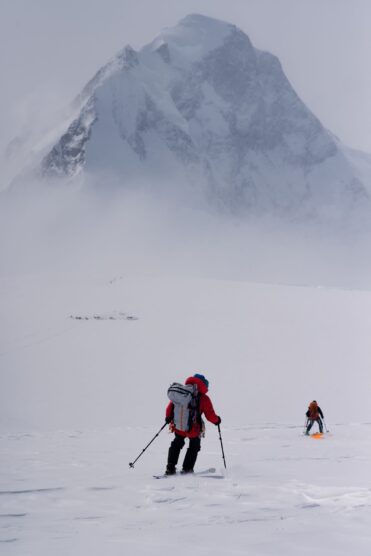
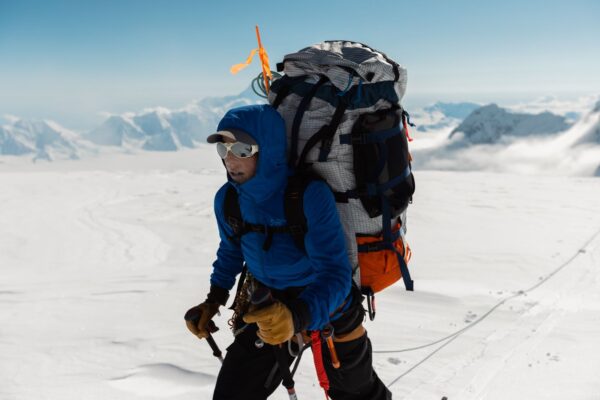
Along for the ride: a film crew from National Geographic. The resulting documentary For Winter tells the story not only of the Rolex and National Geographic Perpetual Planet Mount Logan Expedition, but also of the fight to preserve what one might call the idea of winter—the raw, untamed beauty of ice and snow and cold itself—in a rapidly warming world. “I think it’s unbelievably timely,” Criscitiello says of the film. Its “impact goals are based around staying in the climate change fight, particularly right now, at this unbelievably critical moment.”
At the same time, the title reveals who the film is for: the next generation, embodied in her first-born daughter, Winter. “I now do it because I have two little girls in this world,” Criscitiello says. “They’ve made [my work] more personal. It feels critical to keep doing what I’m doing. The younger generation gives me hope.” You can see the warmth in her smile, hear it in her voice as she says it—almost as if you were standing on the summit of the world with her.
